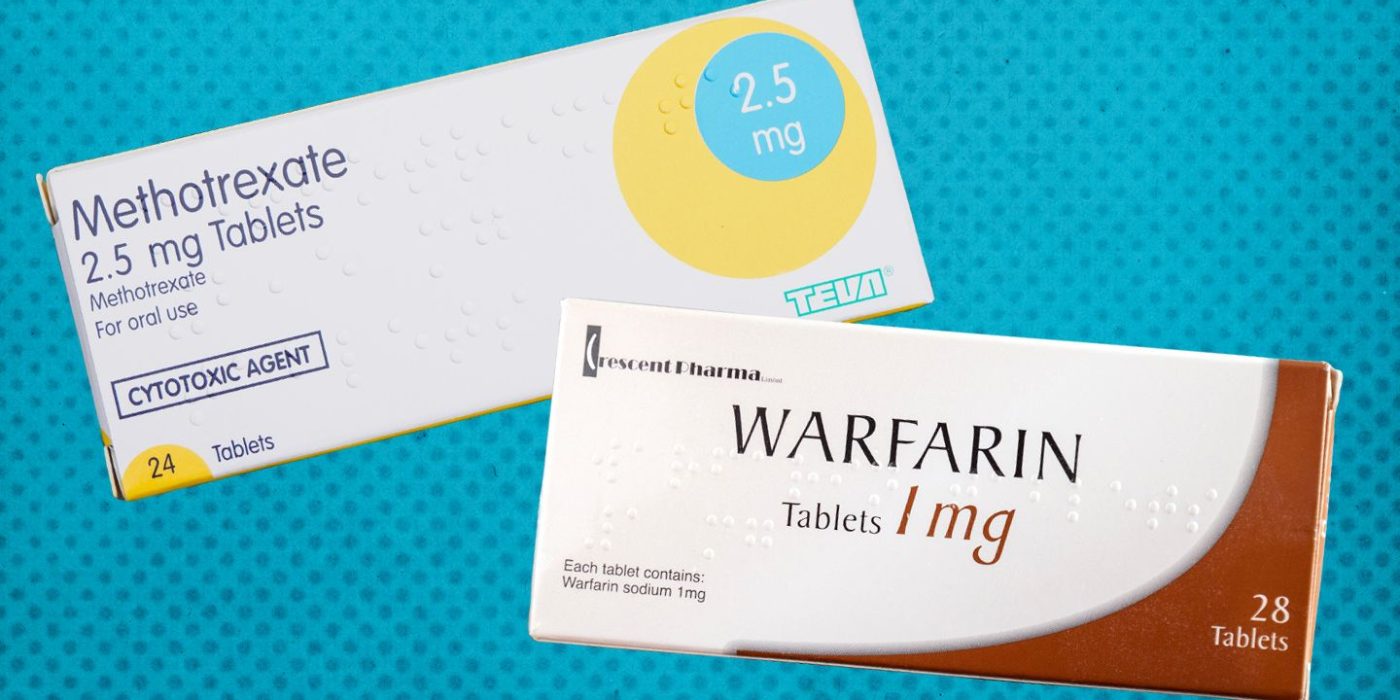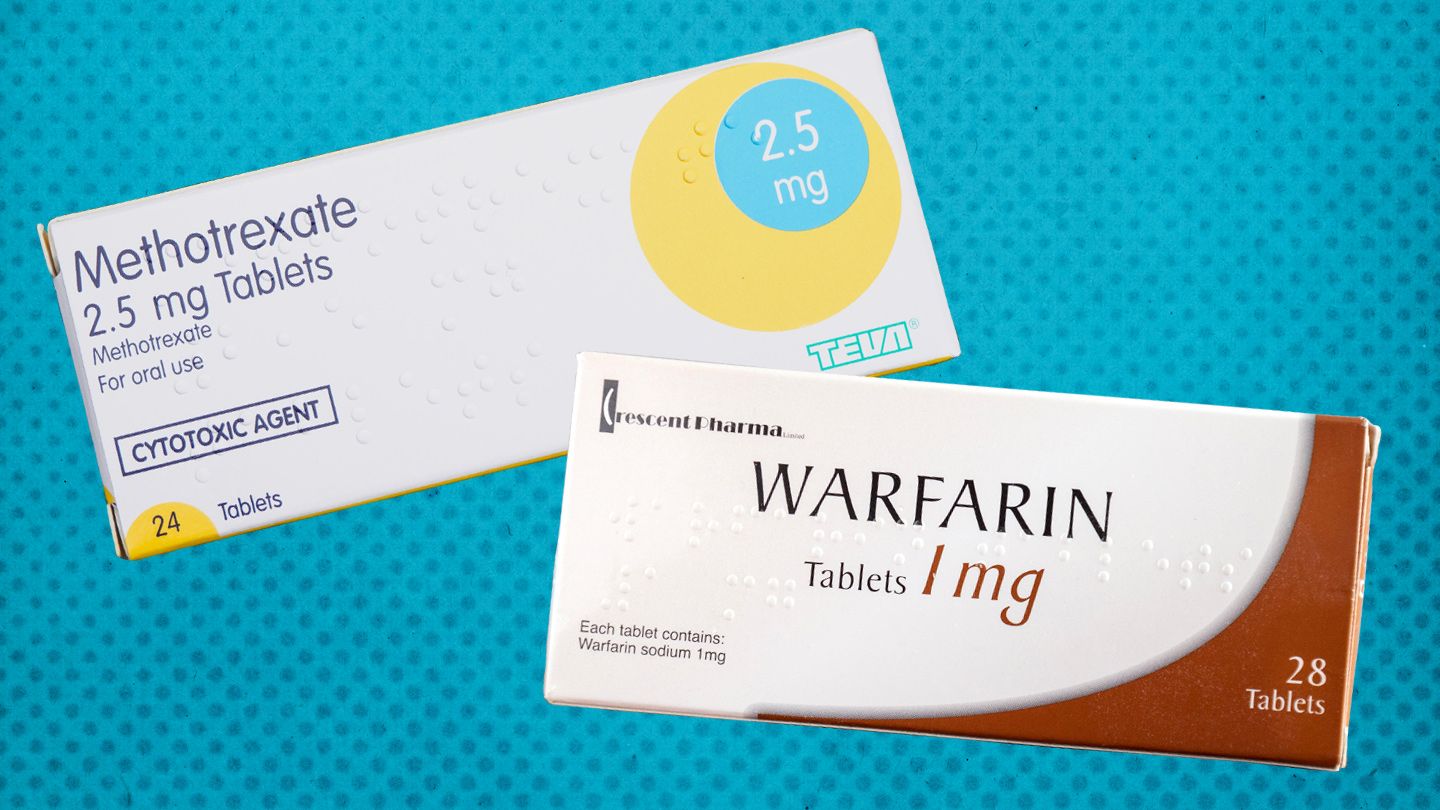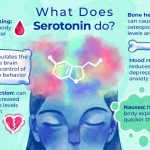Are you tired of dealing with the constant pain and discomfort caused by osteoarthritis? Well, you’re not alone. Osteoarthritis is a common condition that affects millions of people worldwide. But fear not, because in this article, we’re going to explore the most effective pain relief options for osteoarthritis. So, sit back, relax, and let’s dive into the world of pain management!
When it comes to managing the pain associated with osteoarthritis, there are several options available. From over-the-counter medications to lifestyle changes, finding the right approach can make a world of difference in your daily life. One of the most commonly recommended methods is the use of nonsteroidal anti-inflammatory drugs (NSAIDs). These medications, such as ibuprofen or naproxen, can help reduce inflammation and alleviate pain. However, it’s important to consult with your healthcare provider before starting any new medication to ensure it’s safe and appropriate for you.
But what if you’re looking for a more natural approach? Well, there are plenty of options to explore. From the use of hot and cold therapy to the incorporation of supplements like glucosamine and chondroitin, there are many natural remedies that can provide relief. Additionally, physical therapy and exercise can play a crucial role in managing osteoarthritis pain. Strengthening the muscles around the affected joints can help provide support and reduce discomfort. So, whether you prefer the traditional route or are open to trying alternative methods, there’s a pain relief option out there that’s perfect for you.
Osteoarthritis is a common condition that causes joint pain and stiffness. When it comes to finding effective pain relief, there are several options available. Nonsteroidal anti-inflammatory drugs (NSAIDs) like ibuprofen and naproxen can help reduce inflammation and alleviate pain. Topical creams and gels containing capsaicin or menthol can provide temporary relief. Physical therapy and exercise can also help improve joint function and reduce pain. Additionally, corticosteroid injections may be recommended for severe pain. It’s important to consult with a healthcare professional to determine the most suitable pain relief option for your specific situation.
What is the Most Effective Pain Relief for Osteoarthritis?
Osteoarthritis is a common form of arthritis that affects millions of people worldwide. It is characterized by the degeneration of joint cartilage, leading to pain, stiffness, and decreased mobility. Managing the pain associated with osteoarthritis is crucial for maintaining a good quality of life. There are various treatment options available, but finding the most effective pain relief can be challenging. In this article, we will explore different strategies and interventions that can help alleviate osteoarthritis pain.
Medications for Osteoarthritis Pain Relief
Medications are often the first line of treatment for osteoarthritis pain relief. Nonsteroidal anti-inflammatory drugs (NSAIDs) such as ibuprofen and naproxen are commonly used to reduce pain and inflammation. These medications work by blocking the production of certain chemicals in the body that contribute to pain and swelling. However, long-term use of NSAIDs can have side effects, such as stomach ulcers and kidney problems, so it is important to use them under the guidance of a healthcare professional.
Another class of medications commonly prescribed for osteoarthritis pain relief is analgesics. These include acetaminophen and opioids. Acetaminophen is a mild pain reliever that can be effective for mild to moderate osteoarthritis pain. Opioids, on the other hand, are stronger pain relievers that are typically reserved for severe pain that is not responding to other treatments. However, opioids carry a risk of dependence and should be used with caution.
Topical Treatments for Osteoarthritis Pain Relief
In addition to oral medications, topical treatments can also provide relief for osteoarthritis pain. Topical NSAIDs, such as creams and gels, can be applied directly to the affected joint to reduce pain and inflammation. These medications have the advantage of targeting the affected area without causing systemic side effects. Capsaicin creams, derived from chili peppers, can also be effective in relieving osteoarthritis pain by blocking pain signals.
Another commonly used topical treatment for osteoarthritis pain relief is lidocaine patches. These patches contain a numbing agent that helps to alleviate pain by desensitizing the nerves in the affected area. They can provide localized pain relief and are particularly useful for joint pain in areas that are difficult to reach with creams or gels.
Physical Therapies for Osteoarthritis Pain Relief
Physical therapies play a crucial role in managing osteoarthritis pain and improving joint function. One of the most effective physical therapies for osteoarthritis pain relief is exercise. Regular exercise helps to strengthen the muscles surrounding the affected joint, which can alleviate pain and improve joint stability. Low-impact exercises such as swimming, cycling, and walking are particularly beneficial for people with osteoarthritis as they put less stress on the joints.
Another physical therapy technique that can provide pain relief for osteoarthritis is manual therapy. This includes techniques such as joint mobilization and manipulation, massage, and stretching. Manual therapy can help reduce pain, improve joint mobility, and enhance the overall function of the affected joint.
Complementary and Alternative Therapies for Osteoarthritis Pain Relief
In addition to conventional treatments, there are several complementary and alternative therapies that can provide pain relief for osteoarthritis. Acupuncture, for example, involves the insertion of thin needles into specific points on the body to stimulate the release of endorphins, which are natural pain-relieving chemicals. This therapy has been found to be effective in reducing osteoarthritis pain and improving joint function.
Another alternative therapy that may provide pain relief is herbal supplements. Some herbal supplements, such as turmeric and ginger, have anti-inflammatory properties and can help reduce pain and swelling associated with osteoarthritis. However, it is important to consult with a healthcare professional before starting any herbal supplements, as they may interact with other medications or have side effects.
Conclusion
In conclusion, finding the most effective pain relief for osteoarthritis is a multifaceted approach that may involve a combination of medications, topical treatments, physical therapies, and complementary and alternative therapies. It is important to work closely with a healthcare professional to develop a personalized treatment plan that addresses individual needs and preferences. By exploring different options and implementing a comprehensive approach, individuals with osteoarthritis can find relief from pain and improve their overall quality of life.
Key Takeaways
When it comes to finding effective pain relief for osteoarthritis, here are five important things to remember:
- Over-the-counter pain medications like acetaminophen or nonsteroidal anti-inflammatory drugs (NSAIDs) can help manage osteoarthritis pain.
- Prescription medications, such as corticosteroids or opioid pain relievers, may be recommended for more severe pain.
- Physical therapy exercises and stretches can improve joint mobility and reduce pain.
- Using hot or cold therapy, like heating pads or ice packs, can provide temporary relief.
- Alternative treatments like acupuncture or supplements may be worth exploring, but consult with a healthcare professional first.
Frequently Asked Questions
What are the most effective pain relief options for osteoarthritis?
Osteoarthritis is a degenerative joint disease that causes pain and stiffness in the affected joints. While there is no cure for osteoarthritis, there are several pain relief options that can help manage the symptoms and improve quality of life. Here are some of the most effective ones:
1. Medications: Nonsteroidal anti-inflammatory drugs (NSAIDs) such as ibuprofen and naproxen can help reduce pain and inflammation. Acetaminophen may also be recommended for pain relief, especially for those who cannot take NSAIDs. In some cases, your doctor may prescribe stronger pain medications or topical creams.
2. Physical therapy: Engaging in specific exercises and stretches designed to strengthen the muscles around the affected joint can help reduce pain and improve mobility. Physical therapy can also include techniques such as manual therapy, heat or cold therapy, and electrical stimulation.
Are there any natural remedies that can help with osteoarthritis pain relief?
While there is limited scientific evidence for the effectiveness of natural remedies in treating osteoarthritis, some people find them helpful in managing pain. Here are a few natural remedies that may provide relief:
1. Hot and cold therapy: Applying heat or cold to the affected joint can help reduce pain and inflammation. You can use hot packs, cold packs, or alternate between the two.
2. Herbal supplements: Some herbal supplements, such as turmeric, ginger, and Boswellia, are believed to have anti-inflammatory properties. However, it’s important to consult with your doctor before taking any supplements, as they may interact with medications or have side effects.
What role does exercise play in managing osteoarthritis pain?
Exercise plays a crucial role in managing osteoarthritis pain. Regular physical activity can help strengthen the muscles around the affected joint, improve joint flexibility, and reduce pain. Low-impact exercises such as walking, swimming, and cycling are often recommended for people with osteoarthritis.
It’s important to start slowly and gradually increase the intensity and duration of your workouts. Working with a physical therapist or a certified trainer can help ensure that you are performing exercises correctly and safely.
Are there any alternative therapies that can help with osteoarthritis pain relief?
While alternative therapies may not work for everyone, some people find them beneficial in managing osteoarthritis pain. Here are a few alternative therapies that you may consider:
1. Acupuncture: This traditional Chinese medicine technique involves inserting thin needles into specific points on the body to relieve pain. Some studies suggest that acupuncture may help reduce osteoarthritis pain, but more research is needed.
2. Massage therapy: Massage can help relax muscles, improve blood circulation, and reduce pain. It can be particularly helpful for relieving muscle tension and stiffness associated with osteoarthritis.
Can lifestyle changes help with osteoarthritis pain relief?
Yes, making certain lifestyle changes can have a positive impact on osteoarthritis pain relief. Here are some lifestyle modifications that may help:
1. Weight management: Maintaining a healthy weight can reduce the stress on your joints, especially weight-bearing joints like the knees and hips. Losing weight, if necessary, can help alleviate pain and slow down the progression of osteoarthritis.
2. Healthy diet: Consuming a balanced diet rich in fruits, vegetables, whole grains, and lean proteins can help support overall joint health. Certain foods, such as those high in omega-3 fatty acids (found in fish and nuts), may have anti-inflammatory properties.
Remember, it’s important to consult with your doctor before making any changes to your treatment plan or starting any new therapies or supplements.
Final Summary: The Best Pain Relief for Osteoarthritis
After exploring the various pain relief options for osteoarthritis, it is clear that there is no one-size-fits-all solution. However, there are several effective methods that can provide relief and improve the quality of life for individuals suffering from this condition.
One of the most commonly recommended treatments is a combination of non-pharmacological and pharmacological approaches. Non-pharmacological methods such as exercise, physical therapy, and weight management can help reduce pain and improve joint function. These interventions not only target the symptoms but also address the underlying causes of osteoarthritis.
In terms of pharmacological options, there are several medications available that can help manage pain and inflammation associated with osteoarthritis. Nonsteroidal anti-inflammatory drugs (NSAIDs) are often prescribed to alleviate pain and reduce inflammation. However, it is important to note that these medications may have side effects and should be used under the guidance of a healthcare professional.
Other pharmacological options include corticosteroid injections, which can provide temporary pain relief for specific joints, and hyaluronic acid injections, which can help lubricate and cushion the joints. Additionally, topical creams and ointments containing capsaicin or menthol can provide localized relief.
It is crucial to consult with a healthcare professional to determine the most suitable pain relief strategy based on individual needs and preferences. By combining various approaches and tailoring the treatment plan to the specific needs of each person, effective pain relief can be achieved, allowing individuals with osteoarthritis to regain control and improve their overall well-being.
Remember to always consult a healthcare professional before starting any new treatment or medication, as they can provide personalized advice and guidance based on your specific condition and medical history. With the right approach, you can find relief from the pain of osteoarthritis and improve your quality of life.




